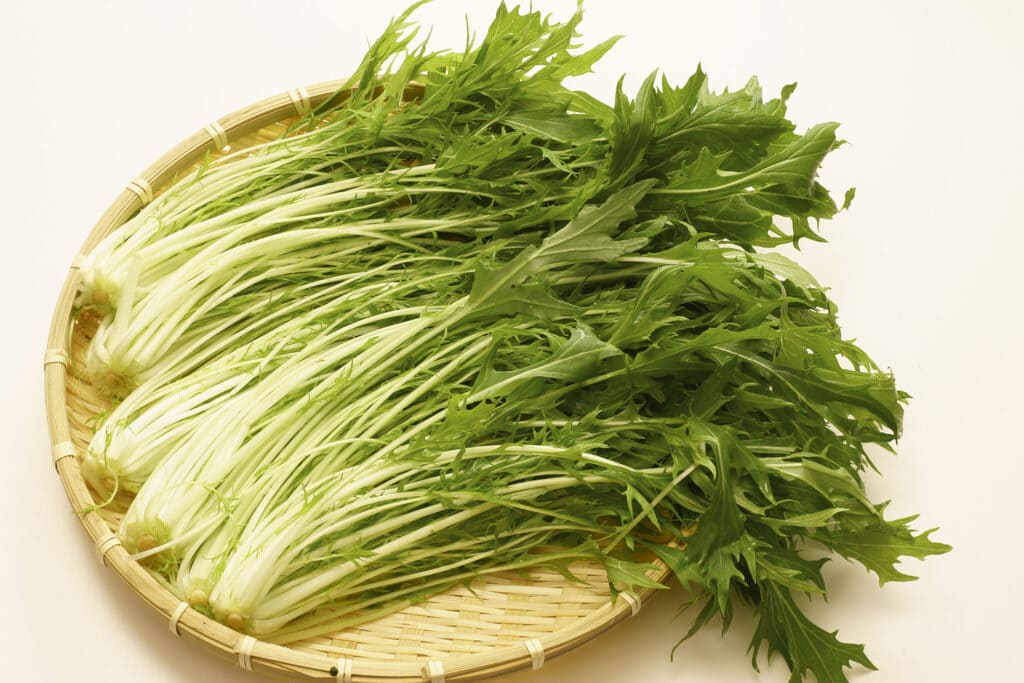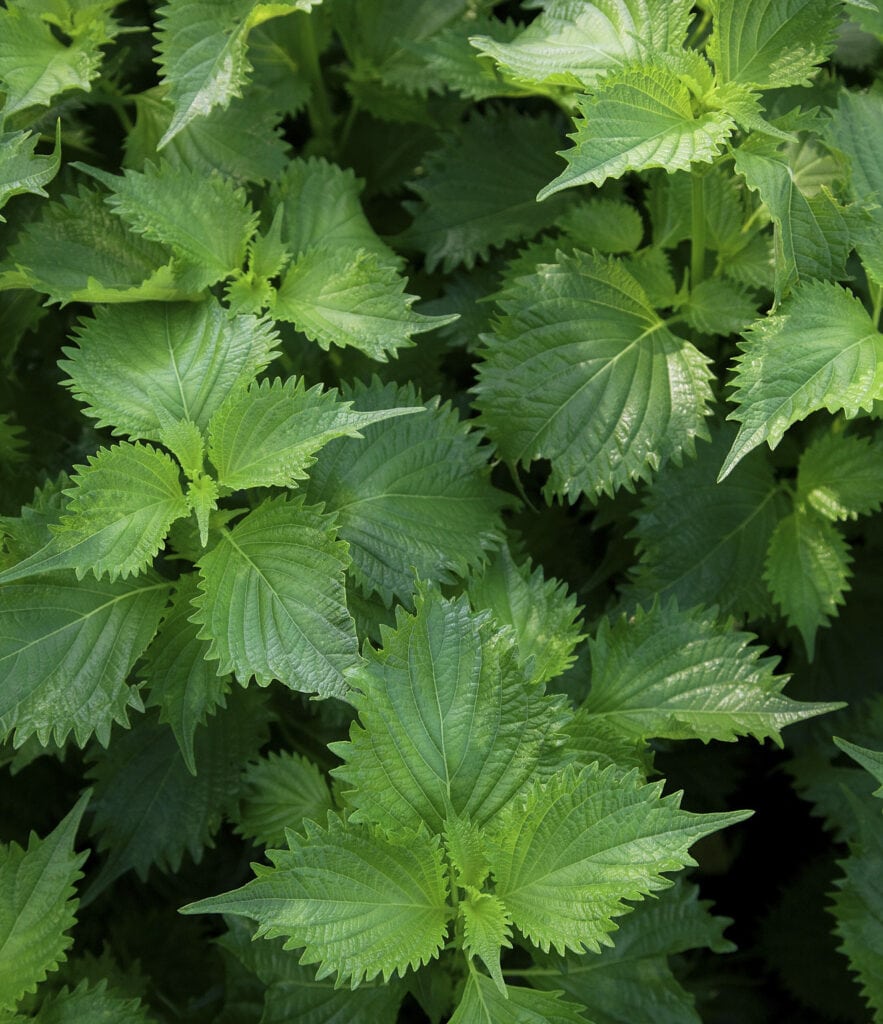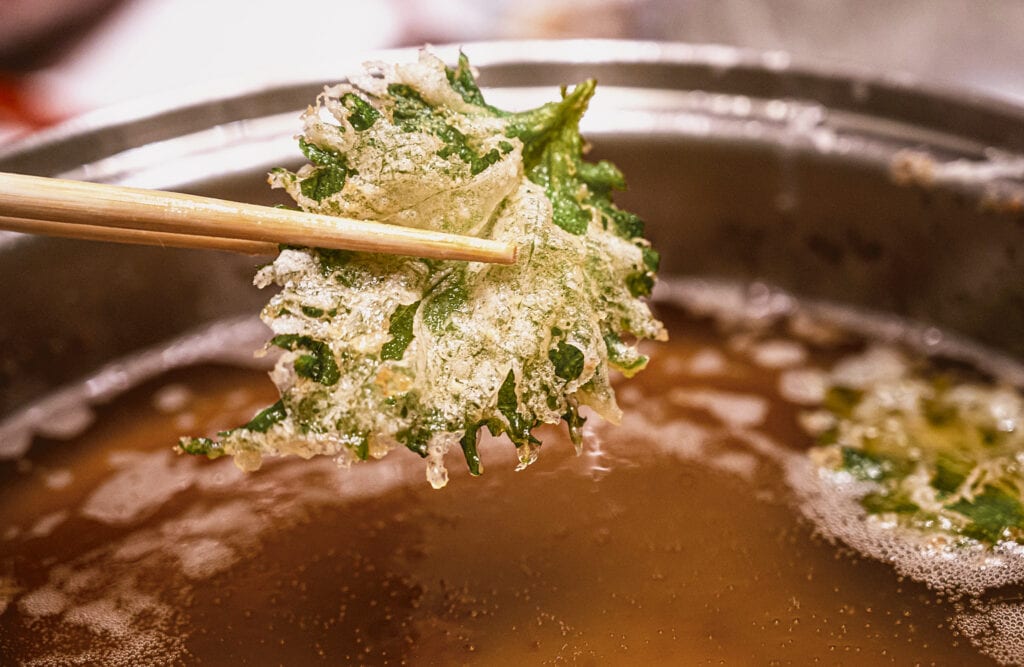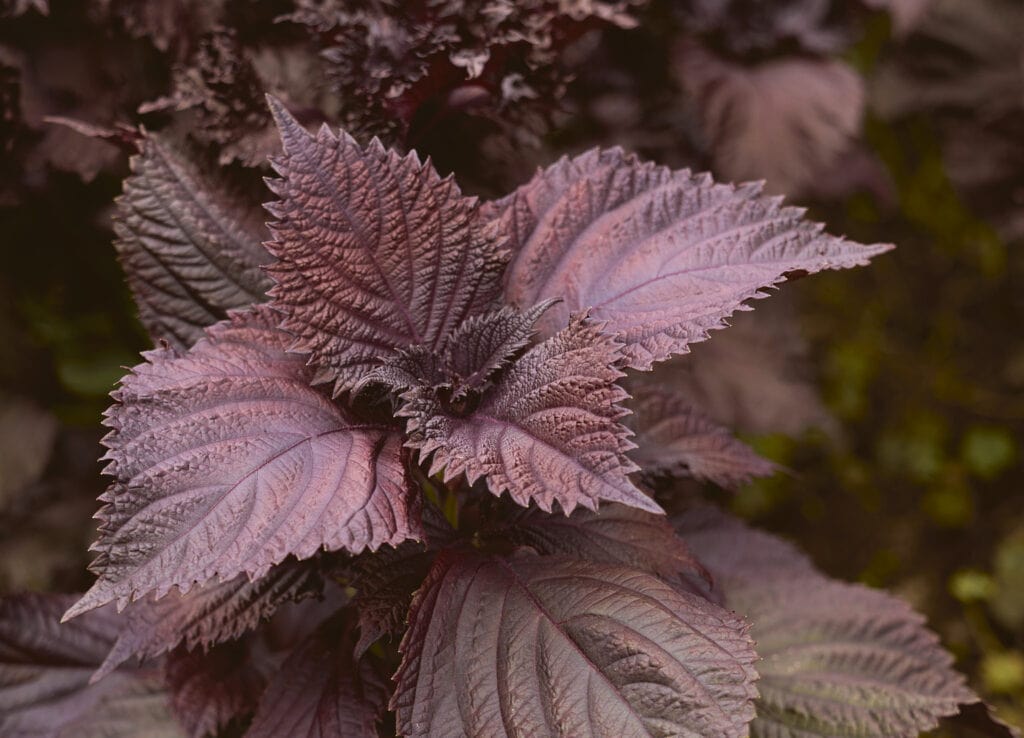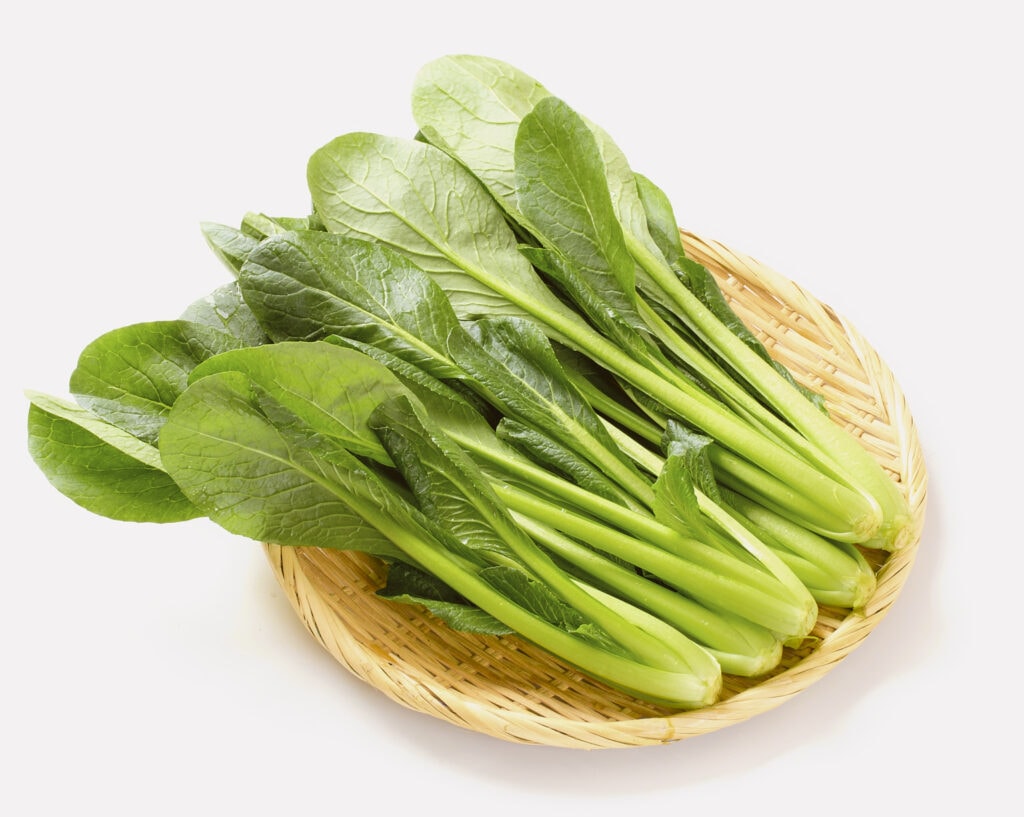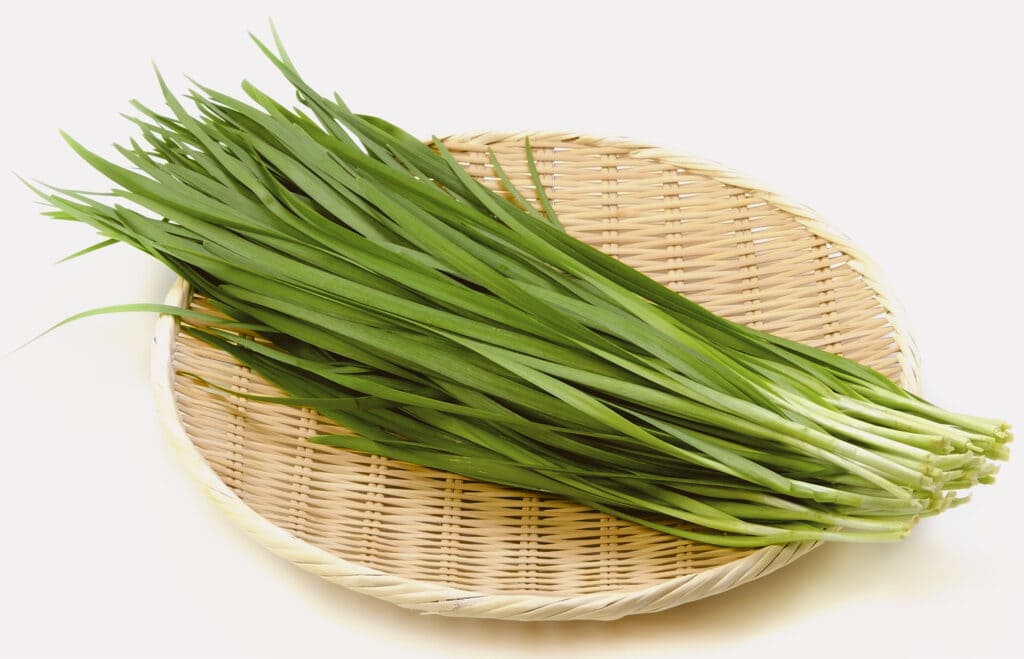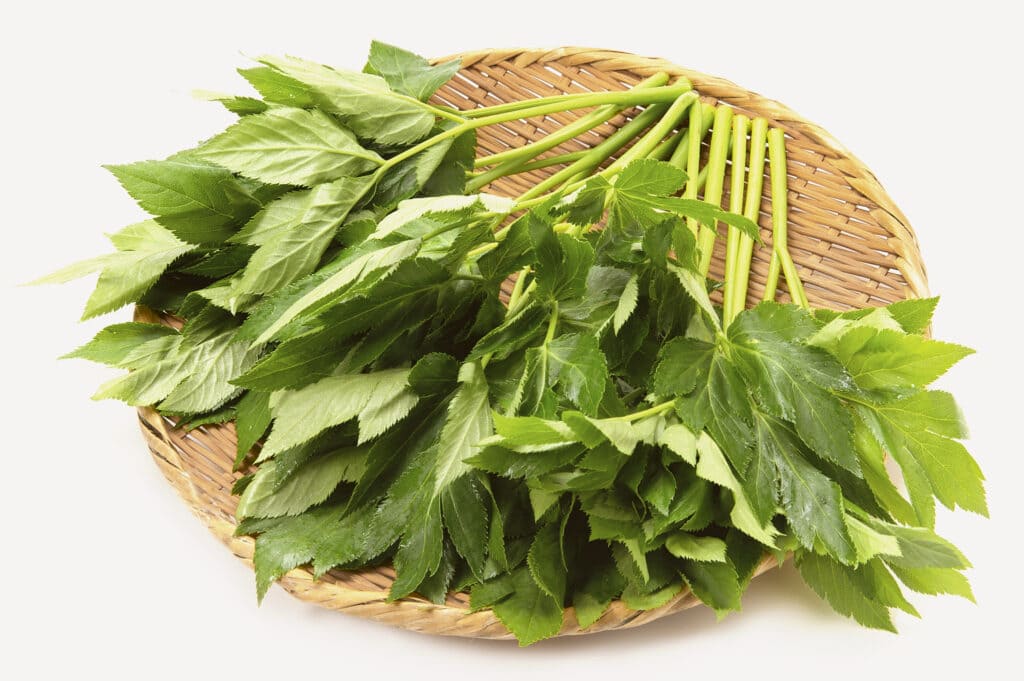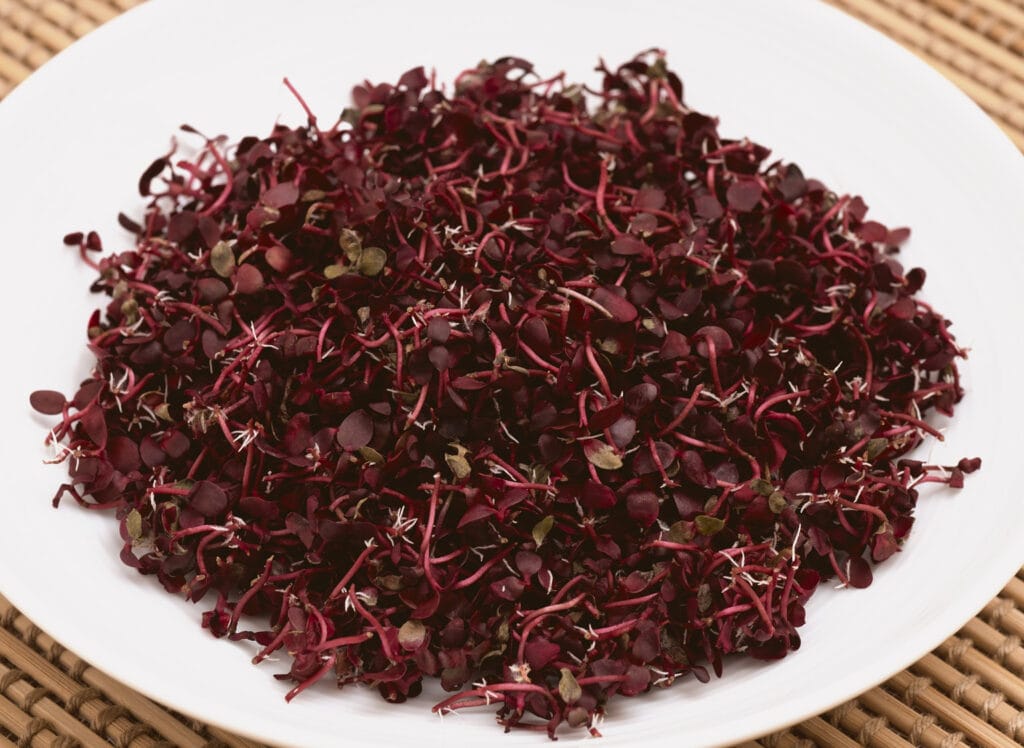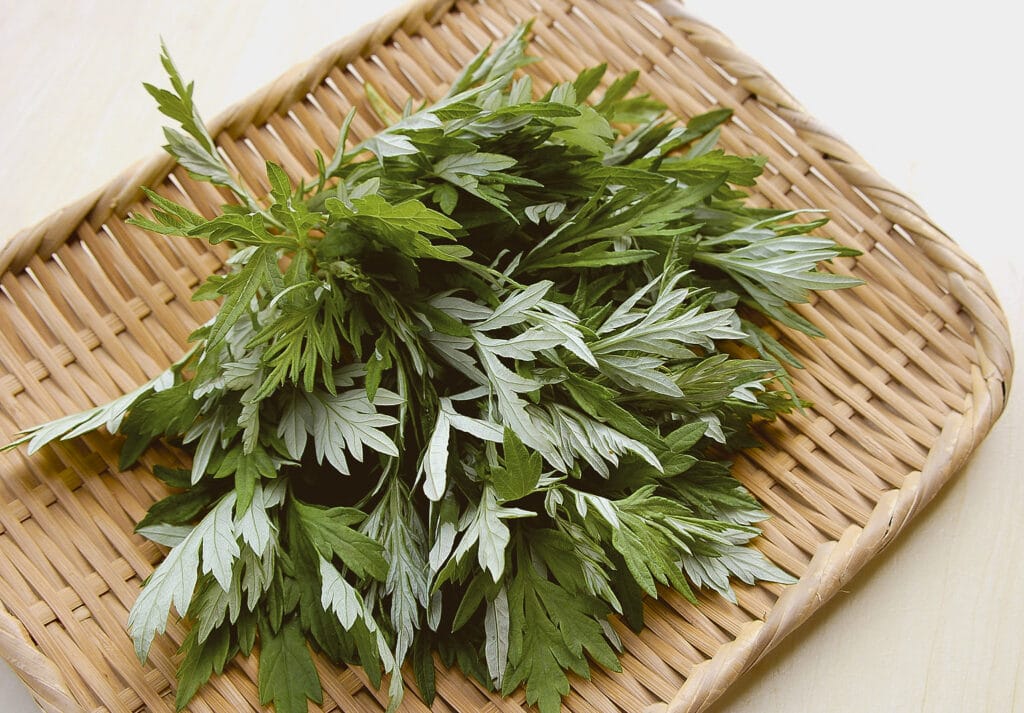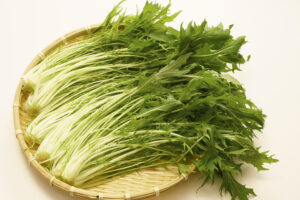Authentic Japanese cuisine likes to focus on the intrinsic flavor of the ingredients used and refrains from mixing flavors together too much. These should complement each other much more.
For this reason, culinary herbs are not as ubiquitous in Japan as they are in other countries, but they still play a very important role. Most of the herbs used in Japanese cuisine are used exclusively there and are little known outside Japan.
To introduce you to the world of Japanese herbs, we have compiled interesting information about the most important herbs used in Japanese dishes and would like to give you an insight into this part of Japanese cuisine.
In Japan, there is an old belief called "Shin-Do-Fuji" (身土不二). It means something like "What is good for the body (身, shin) of a person comes from the land of his birth (土, do) and there is only one in the world (不二, Fuji, uniqueness)". Somewhat more meaningfully translated, it means the human body and where people live is inseparably connected. Quite simply said in German: "You are what you eat".
From shiso to yomogi - herbs and greens popular in Japan
If you take a closer look at the subject of Japanese culinary herbs, you will immediately notice how great the differences are between the individual aroma worlds. For example, the commonly used shiso is distantly reminiscent of mint and impresses with its refreshing taste. Yomogi, on the other hand, can best be compared to mugwort and is known for its irresistible scent. In particular, the following culinary herbs characterize Japanese cuisine and are used in many different dishes:
- Shiso (紫蘇,Perilla or Sesame Leaf)
- Mizuna (水菜,leaf mustard)
- Komatsuna (小松菜,Japanese mustard spinach).
- Mitsuba (三葉,Japanese parsley
- Nira (韮,Cut garlic).
- Yomogi (蓬,Japanese mugwort).
- Ashitaba (明日葉,Japanese angelica).
- Tade (蓼,Japanese water pepper
Other Japanese herbs commonly used in cooking include seri (芹,Japanese parsley ), myoga (茗荷, Japanese ginger) and, of course, the well-known wasabi (山葵).
A propos Wasabi...
In diesem Zusammenhang ist es wichtig zu wissen, dass echter, frisch geriebener Wasabi in Japan sehr geschätzt wird, aber nur in wenigen Regionen kultiviert werden kann.
Er benötigt fließendes, kaltes und mineralstoffreiches Wasser und mehrere Jahre Wachstumszeit. Daher ersetzt man außerhalb Japans echte Wasabiwurzel oft durch grüne Pasten, die vorwiegend aus Meerrettich, Senfpulver und Farbstoff bestehen. Wer dennoch die Möglichkeit hat, Nama Wasabi (frischer Wasabi) zu probieren, wird neben der Schärfe ein angenehm fruchtiges Aroma entdecken, das sich deutlich von herkömmlichen Pasten unterscheidet. Wir bieten frischen Wasabi – wenn verfügbar – bei uns im Restaurant sansaro an. Fragen Sie danach, vor allem für Sashimi.
Zurück zu dem japanischen Küchenkräutern: Da alle aufgeführten japanischen Küchenkräuter ihre eigene Geschichte haben und sehr unterschiedlich in der japanischen Küche genutzt werden, möchten wir Ihnen diese gerne kurz vorstellen.
Ergänzend sei übrigens vorausgeschickt, dass Japan neben den bekannten Kräutern auch eine bemerkenswerte Fülle an Gemüse- und Knollensorten anbaut. Zwar gehört Japan zu den größten Gemüse-Importeuren weltweit, doch existiert eine lange Tradition des lokalen Anbaus, bei dem unter anderem Süßkartoffeln, verschiedene Taro-Arten und eine Vielfalt an Blattgemüsen kultiviert werden. Diese pflanzliche Vielfalt stärkt die kulinarische Kultur und bietet viele Möglichkeiten, klassische Gerichte mit frischen Zutaten zu verfeinern.

Shiso - one of the most popular Japanese culinary herbs
In Japan, shiso is a spice herb with strongly toothed leaves, which is also not unknown in Vietnamese and Korean cuisine. Especially the very intense flavor makes shiso a popular ingredient for many Japanese dishes. Although shiso is distantly reminiscent of mint, its flavor is unique and incomparable. Depending on the variety, the flavor can include mint-like, lemony, or anise-like notes. Like most herbs used in Japanese cuisine, shiso is very low maintenance and can be easily grown by amateur gardeners. A distinction is made between akajiso (red shiso) and aojiso (green shiso, which are also used differently.
Green shiso - popular in combination with sashimi
Sushi, salads and especially Sashimi are often refined or supplemented with green shiso. Its intense but not intrusive flavor gives these dishes a very pleasant complement to the natural flavors. In addition, green shiso is also suitable for being deep-fried with tempura batter. Also legendary is the dip yakumi, which the Japanese enjoy predominantly with steak and which is rounded off by green shiso.
Red shiso - irreplaceable for refining Umeboshi
In general, red shiso is used much less frequently in Japanese cuisine than green shiso, but it is an important ingredient in some very popular preparations such as umeboshi. This is because these pickled plums are fermented together with red shiso, which gives them their deep red color. In addition, red shiso can be made into syrup and a very tasty lemonade.
Mizuna - Japanese alternative to arugula?
Due to its bright green and slit leaves, mizuna is visually reminiscent of arugula. There are also some parallels in taste between these two very tasty foods. Unlike arugula, however, mizuna is milder and also has slight mustard notes, which is why mizuna is also called leaf mustard. In Japanese cuisine, mizuna is often used in stews, but is also very popular fried and served with vegetables.
Dishes that combine mizuna with radish are considered a true delicacy, as they are a real highlight in terms of taste. Just a few weeks after sowing in spring, the first specimens of this very fast-growing plant can be harvested. This means that fresh mizuna is always available in Japan until late into the fall.
Komatsuna - Japanese alternative to spinach?
Komatsuna was previously mainly eaten cooked, but is nowadays also often served raw. Especially the small, still young leaves are very suitable for salads and convince with their very interesting aroma, which reminds not only of spinach, but also of pak choi and mustard. Blanched or steamed with sesame dressing they are also a dream and will inspire you completely.
In Japan, komatsuna is also sometimes found as an ingredient in makizushi (spinach and mitsuba are more commonly used). The larger, older leaves of komatsuna, on the other hand, are indispensable in Japanese stews and stir-fry dishes. Unlike most other Japanese herbs, komatsuna needs a relatively large amount of water, but is otherwise very easy to care for.
Mitsuba - Japanese alternative to parsley?
Both visually and taste Mitsuba has some of the parsley commonly used in Europe. However, the aroma is somewhat spicier and also tastes more strongly of celery than parsley. Since mitsuba often becomes bitter when cooked, it is recommended to use this spice raw as a topping or ingredient in makizushi. In particular, soups, salads and stir-fry dishes are refined with mitsuba in Japan. A specialty is also mitsuba deep-fried in tempura batter. The not very demanding herb mitsuba can be sown in spring and harvested all year round except in winter. We also like to use mitsuba in the restaurant sansaro for special occasions.
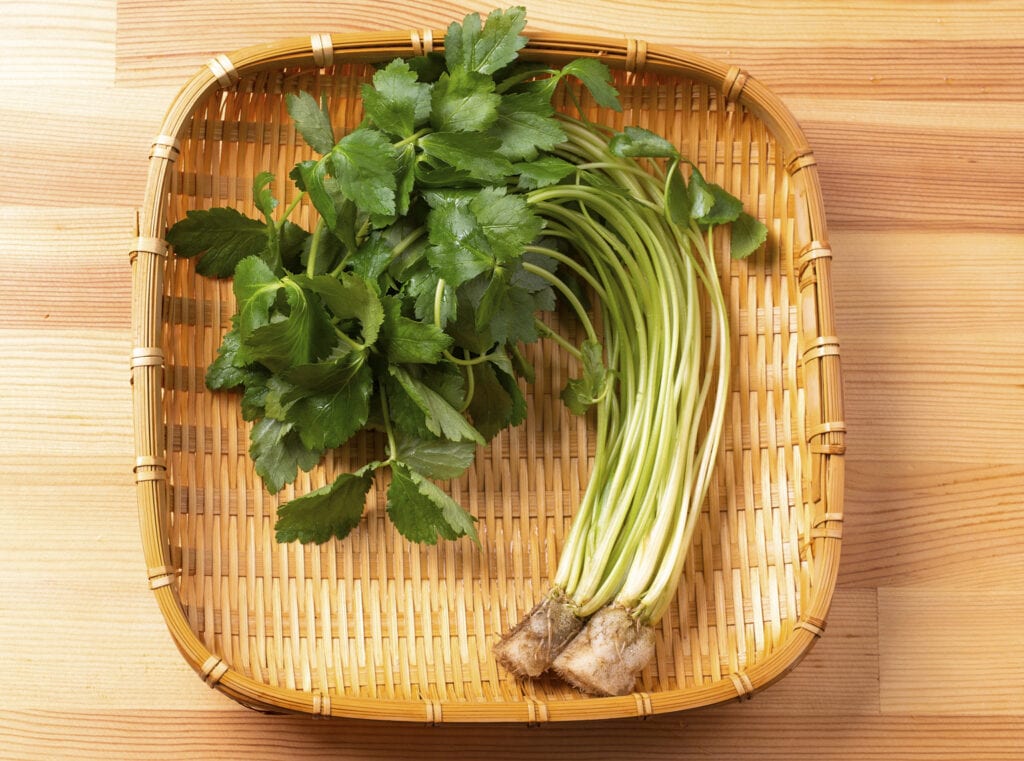
Nira - a gentle Japanese garlic?
Nira not only looks like chives, but also tastes so similar. In terms of taste, however, this interesting herb also has some of garlic, but is not quite as intense. In Japanese cuisine, Nira is mainly used as a topping for salads, stir-fry dishes and soups. But also Domburi (rice dishes) are often refined with Nira and get a very special touch by this spice. Very often Nira is also used in the preparation of dips. Since Nira is a hardy plant, you can also grow this herb without any problems at home in the garden.
Ashitaba - rare specialty of Hachijojima
Ashitaba herb is a particular specialty of a small Japanese island called Hachijojima. The slightly bitter note of Ashitaba fits especially well to refine soups. But also in combination with rice, this not only delicious but also healthy herb unfolds its full flavor. Mixed with red pepper, soy sauce and garlic, Ashitaba is also a poem. Furthermore, on the island of Hachijojima, sushi is also occasionally served with ashitaba. In addition to its use as a fresh product, ashitaba can also be used in a dried state as a seasoning. This is mainly done with spicy dishes and soups. Since ashitaba is said to have digestive properties, it is used not only as a culinary herb but also as a medicinal herb.
Tade / Japanese water pepper - a peppery herb with pep
Japanese water pepper presents itself as strong and above all spicy. This red-leaved herb has it all and brings spiciness to many Japanese dishes. Thus, Japanese water pepper is often used to refine Sushi, sashimi or even tempura are used. Meat and fish dishes are also often seasoned with Japanese water pepper to give them a spicy note.
Yomogi - intensity that inspires
Also known as Japanese Mugwort, the herb Yomogi not only tastes very intense, but also enchants with a strong but pleasant fragrance. Because of these properties, Yomogi is used, for example, for Daifuku Kusa Mochi, a famous Japanese sweet. However, especially the young shoots and leaves are also excellent for adding the finishing touch to rice dishes, soups and salads.
Shungiku (春菊) – essbare Chrysantheme
Shungiku, auch als essbare Chrysantheme bekannt, ist ein beliebtes Blattgemüse in Japan. Die grünen Blätter verleihen Speisen eine leicht herbe Note, die besonders gut zu Eintöpfen, Pfannengerichten und Suppen passt. Durch ihr intensives Aroma gilt Shungiku ebenso wie Mizuna oder Mitsuba als frische Ergänzung zu vielen Gerichten. Wer sich für den eigenen Anbau interessiert, kann Shungiku unkompliziert im Garten oder auf dem Balkon aussäen und in kurzer Zeit ernten.
Health aspects of Japanese culinary herbs
Many of the herbs used in Japan are not only perfect for enhancing dishes, but are also very healthy and offer you the possibility to relieve certain ailments. A nice overview of which Japanese herbs also have a healing effect can be found, for example, at https://www.heilkraeuterpflanzen.com/heilkräuter-pflanzen-aus-aller-welt/japanische-heilkräuter-und-heilpflanzen-aus-japan/#.
Of the Japanese culinary herbs already presented here, the following in particular are also known as medicinal herbs:
- Ashitaba
- Shiso
- Yomogi
- Japanese water pepper
A medicinal plant with many applications - Ashitaba
Ashitaba is also famous for its healing properties. Thus, the milky juice of the herb is said to have a rejuvenating effect. Undisputed, however, is its antibacterial effect, which makes ashitaba a sought-after medicinal herb that is used, among other things, for the treatment of diabetes, heart disease and muscular complaints. Furthermore, ashitaba is interesting for cancer research, as it is suspected that certain properties of the plant may be helpful in the treatment of cancer. In the Edo period it was also used for the treatment of smallpox.
Traditionally helpful for stomach problems - Shiso oil
The herb Shiso, which is used in Japanese cuisine mainly chopped small to refine dishes, but also has health-promoting properties. In particular, oil extracted from shiso has been administered for a very long time as a medicine for intestinal complaints and also has antibacterial properties.
Soothing and relaxing - Yomogi
Yomogi, or Japanese mugwort, offers various healing properties in addition to its distinctive taste. Besides sleep disorders, digestive problems are also treated with yomogi in Japan.
Helpful for women's complaints - Japanese water pepper
Japanese water pepper not only adds a very spicy touch to many dishes of Japanese cuisine, but also relieves various women's ailments. Since Japanese water pepper is rather spicy and consumption in pure form is therefore not advisable, a tasty tea is often prepared from Japanese water pepper, as it can be perfectly consumed in this form. However, due to its properties, Japanese water pepper is not good for pregnant women and should not be consumed in large quantities during pregnancy and breastfeeding.
Japanese kitchen herbs in Germany
Most of the described herbs of Japanese cuisine are very difficult to get outside Japan. However, if you do manage to get hold of such rare herbs as shiso, mizuna or mitsuba in Germany, you should urgently check the freshness, as this unfortunately often does not meet the standard that is common in Japan. In well-stocked grocery stores in Japan, the herbs described in this article are usually available. However, this is somewhat different in Germany, which is why it is unfortunately not always easy for us as a Japanese restaurant to get all Japanese herbs fresh. A very comprehensive overview of how easy or difficult it is to obtain individual Japanese kitchen herbs in Germany can be found on the following website https://mybanto.de/japanische-kraeuter-und-gemuese-in-deutschland. In addition to ambitious organic farmers who occasionally offer mizuna at weekly markets, you may be able to find shiso and co. especially in Japanese and Asian grocery stores.
grow kitchen herbs from Japan yourself
Since actually all of the discussed Japanese kitchen herbs are very easy to care for and also have no special climatic requirements, it is a real alternative to become a herb gardener yourself if Japanese herbs are desired. Whether on the balcony or in the garden, with a little patience and a lot of love, you can harvest your own Japanese herbs after a short time and give your dishes that certain something. Seeds for various Japanese herbs such as Misuna, Ashitaba and Japanese Water Pepper can be found here, among others: www.kraeuter-und-duftpflanzen.de/verwendung/wuerzkraeuter/japanische-wuerzkraeuter
Looking for suppliers of Japanese vegetables!
In our Restaurant sansaro in Munich we only use the best ingredients we can find in all areas, where possible from organic or comparable cultivation.
We are always on the lookout for original Japanese ingredients, herbs, vegetables and spices. Above all, we love to work seasonally, in keeping with Japanese cuisine.
Unfortunately, Japanese fruit and vegetables are extremely hard to come by in Germany.
If you grow high-quality Japanese vegetables in Germany or Europe or import Japanese vegetables to Germany, please contact us via our Contact form.
